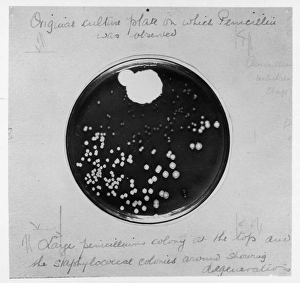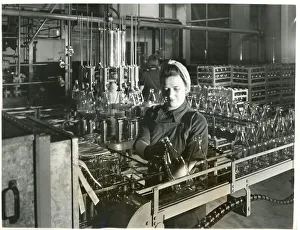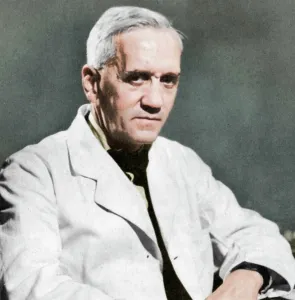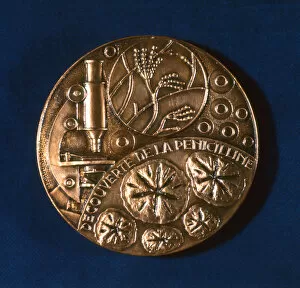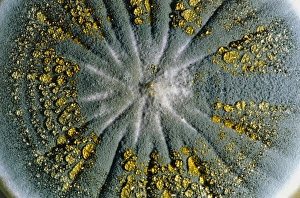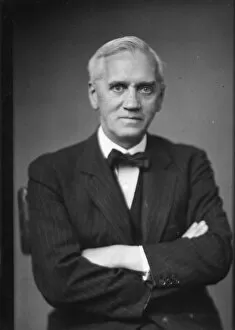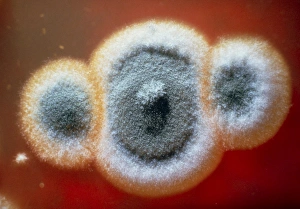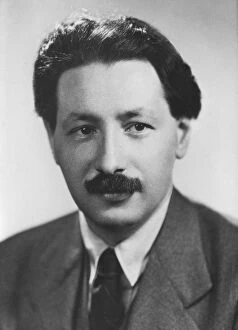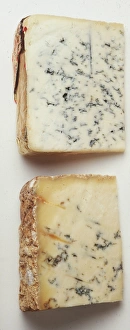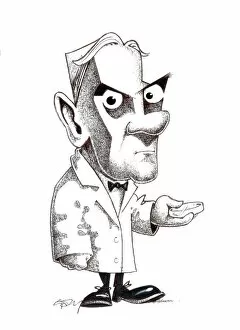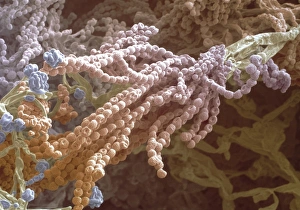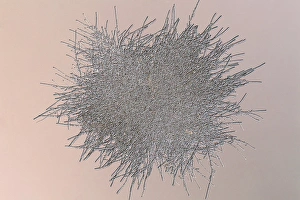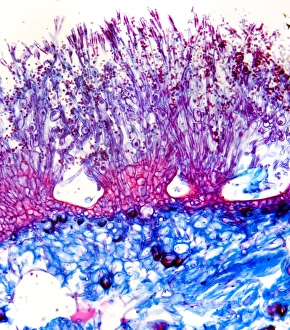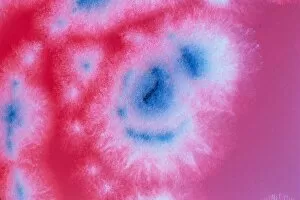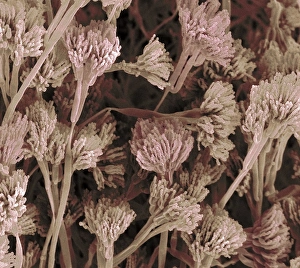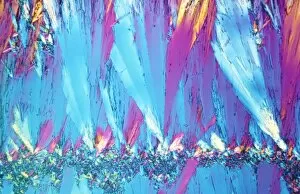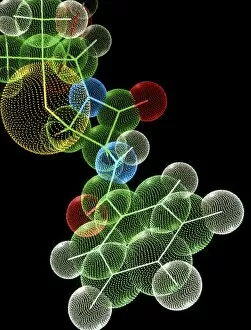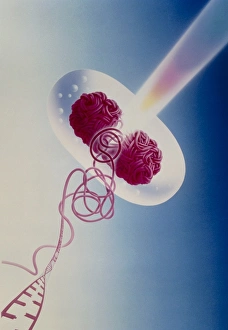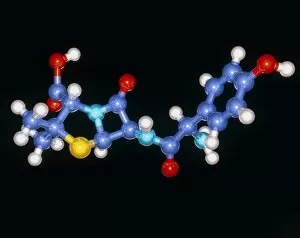Penicillin Collection
"Unveiling the Miracle: The Journey of Penicillin" In 1929, a breakthrough occurred in the world of medicine with the discovery culture
All Professionally Made to Order for Quick Shipping
"Unveiling the Miracle: The Journey of Penicillin" In 1929, a breakthrough occurred in the world of medicine with the discovery culture. This remarkable achievement was made possible by isolating the Penicillium roqueforti fungus, which would forever change the course of medical history. Howard Florey, immersed in his lab, played a pivotal role in harnessing this newfound wonder drug. With determination and unwavering dedication, he paved the way for penicillin's mass production. A glimpse into his world reveals an awe-inspiring production line at Imperial Chemical Industries on that momentous day - May 4th, 1944. However, it was Sir Alexander Fleming who first stumbled upon this life-saving substance back in 1928. His black and white photograph from around 1944 captures him as a visionary scientist whose accidental discovery set off a chain reaction leading to penicillin's development. Another monochromatic image showcases Professor Alexander Fleming during those early days when he made that groundbreaking initial finding; an image that immortalizes his contribution to humanity's well-being. Joining forces with Fleming was Ernst Boris Chain – a German-born British biochemist whose expertise propelled penicillin towards its full potential. Together they formed an unstoppable team dedicated to unraveling nature's secrets for mankind's benefit. The impact of their work is commemorated through a medal crafted in 1945 – symbolizing not only their achievements but also the hope it brought to countless lives saved by this miracle drug. One cannot overlook Howard Walter Florey either – an Australian pathologist who shared Florey and Chain’s vision for making penicillin accessible worldwide. His tireless efforts ensured that this life-changing medication reached those most in need across all corners of our planet. Penicillin has become synonymous with healing and recovery since its discovery over nine decades ago.

